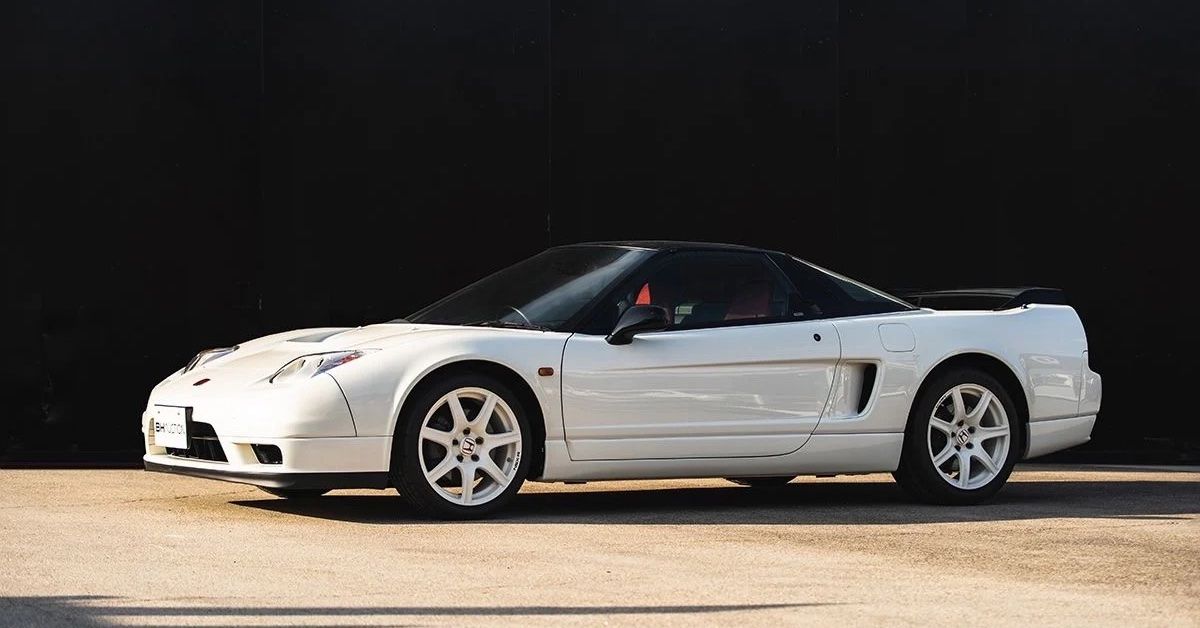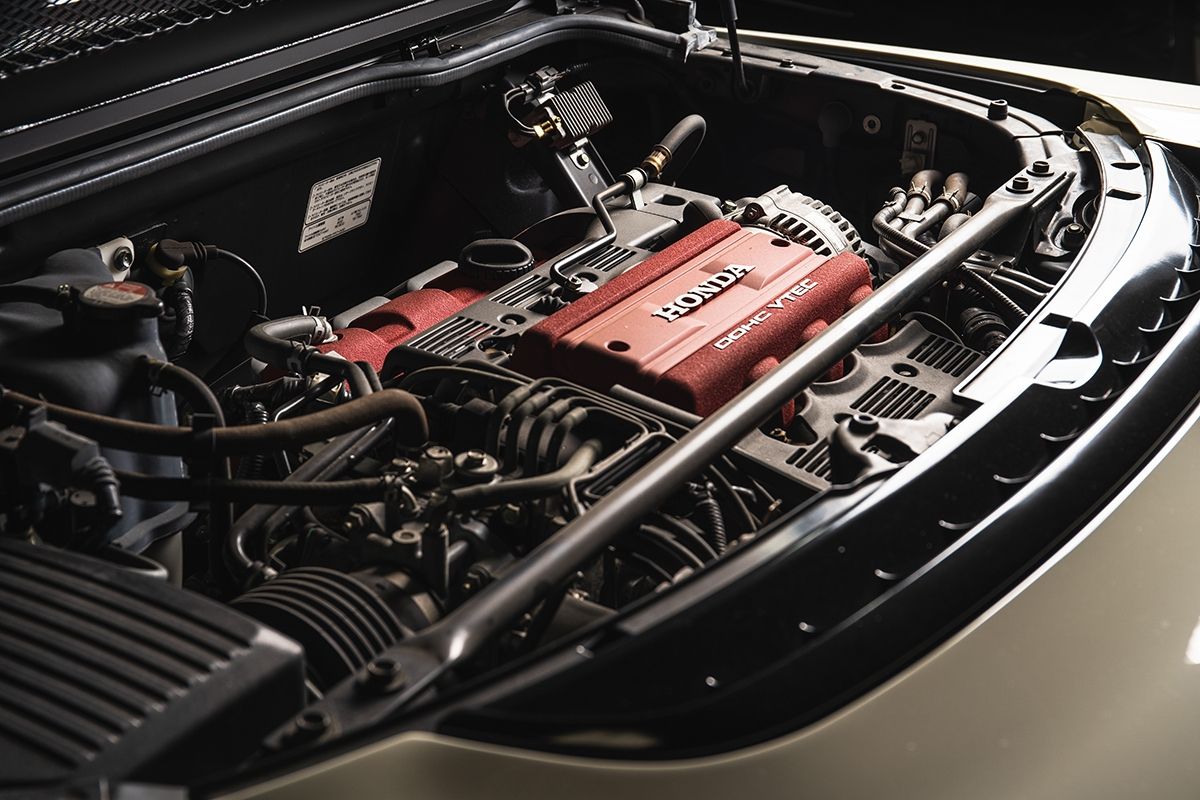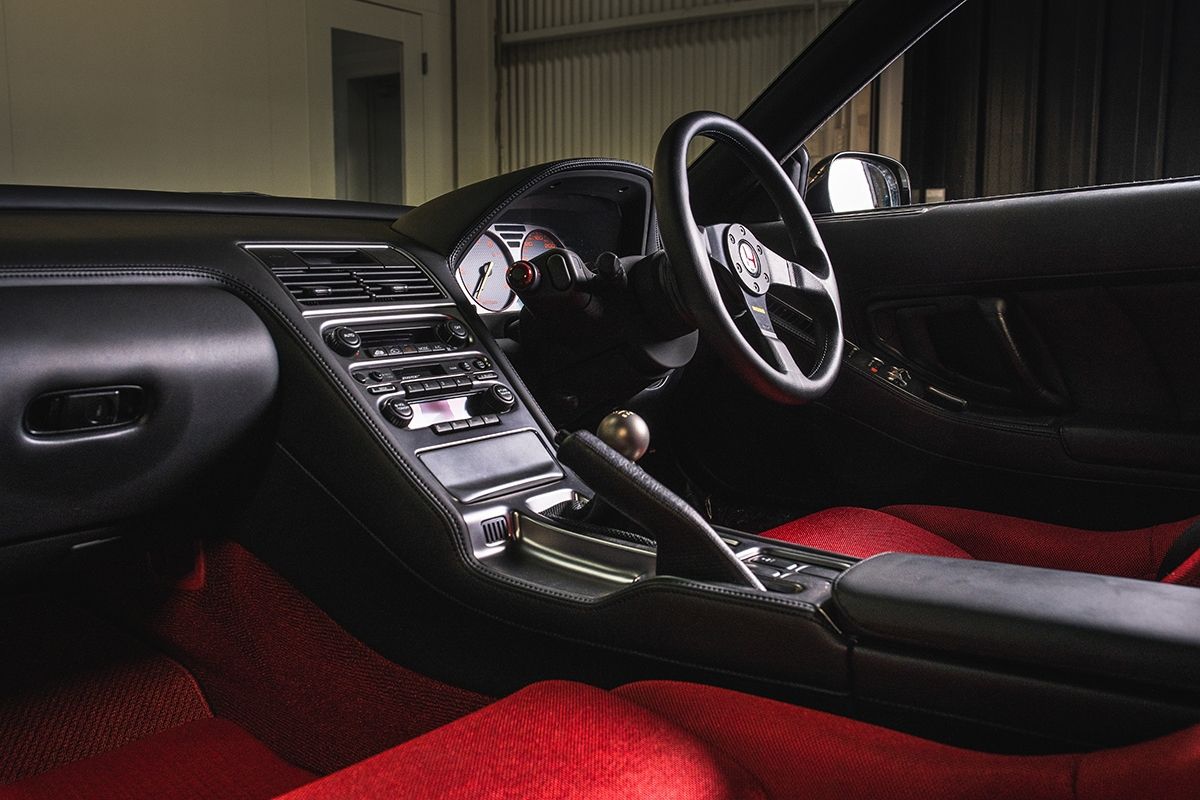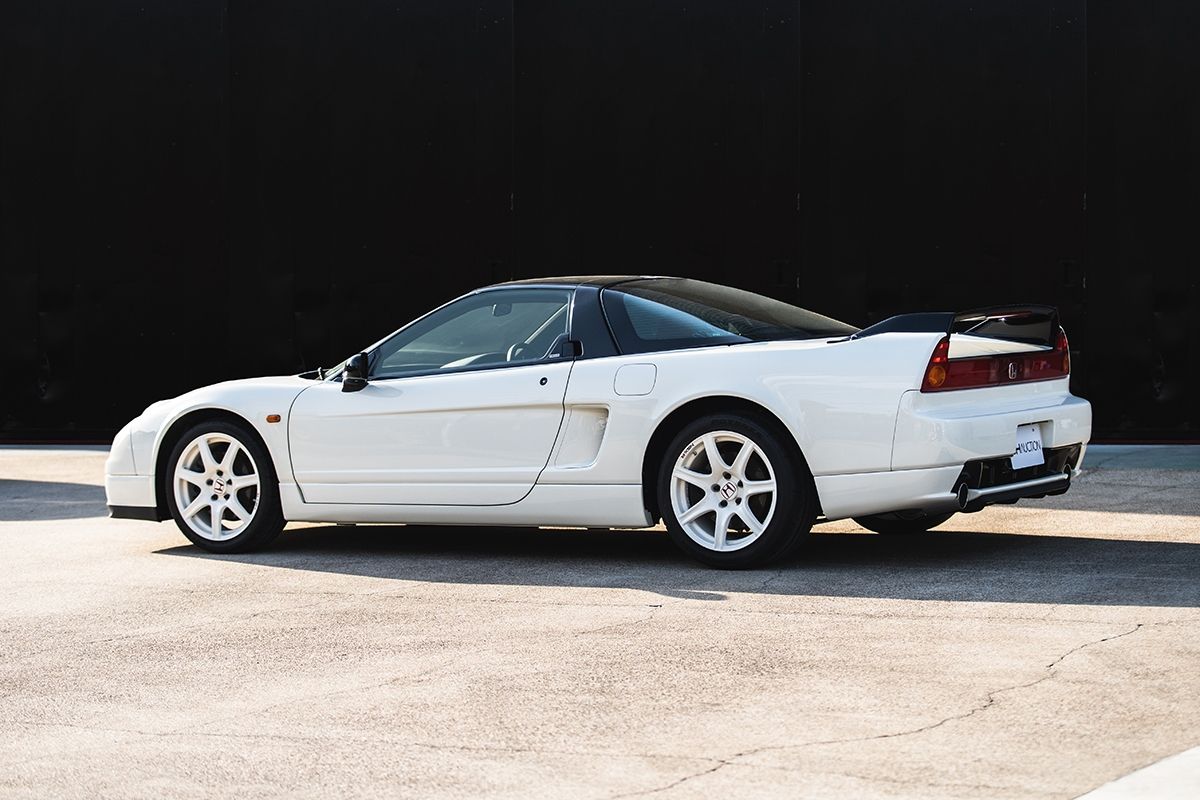The 2005 Honda NSX-R is a 17-year-old automobile that delivers competitive performance. The NSX is a sports car that was built between 1990 and 2005 by the Japanese automaker Honda. In North America, the car is known as the Acura NSX. It comes with a rear mid-engine and a rear-wheel-drive arrangement. An all-aluminum V6 gasoline engine powers the vehicle, and it utilizes Honda's unique VTEC system.
Japan has developed some great vehicles like the Nissan GT-R and the Toyota 2000GT. Still, nobody expected a supercar that could play with the likes of Ferrari, Lamborghini, and Porsche to come out of Japan.
The NSX is a vehicle that changed what the world thought of the Japanese motor industry and caused European carmakers to boost their game. The car began off as an experiment but grew into something much more; the vehicle is an inspiration to many cars, including the famous McLaren F1.
It's a blend of an always-existing, beautiful design from the famous design studio Pininfarina. Honda's engine technology research team and Formula One symbol Ayrton Senna got together for this project, showing the NSX would be an excellent car.
The 2005 NSX- R is part of the second generation of Honda NSX R. Honda introduced materials like carbon fiber in this version; which was supposed to reduce the weight of the mid-engine supercar.
There are more unique features in the NSX R; let's find out which ones were the best.
The 2005 NSX-R’s Performance & Handling Are Top Tier
The NSX-R comes with a 3.2-liter V6 engine that delivers 290 horsepower and 224 pound-feet of torque. It's partnered with a close-ratio six-speed manual transmission; however, Honda provides a four-speed automatic, but this version has a smaller 3.0-liter V6 and cuts the horsepower number down to 252. The NSX-R can sprint from 0 to 60 mph in around 5 seconds with the six-speed transmission and has a peak speed of 175 mph.
The NSX-R handling is so superb that one can compare it to the handling of the automobiles that are being offered today. It's well-balanced, perfectly poised, strong, and elegant. It's so simple to drive around that it makes drivers of various experiences feel like professionals.
The mid-engine arrangement offers good weight distribution, keeping the wheels solidly planted around corners. The steering, with its variable power assistance, is exceedingly accurate. It's such a great vehicle to drive quickly; you can feel every inch of grip through your fingertips. This mid-engine supercar can surpass its limits, but it's also surprisingly gentle.
The 2005 Honda NSX-R's Interior & Safety Features Are Unique
When compared to today's cars, the safety features of the NSX-R are clearly out of place. In any case, this does not mean that the vehicle was not safe. It has child seat anchors, 4-channel anti-lock brakes, and airbags for both the driver and front passenger (SRS).
The interior is cozy and sophisticated; it resembles a retro '80s style vehicle. The seat is comfortable for a mid-engine sports car, the Targa top is easy to store, and the visibility is good for a mid-engine sports car. You can add optional high-impact colors like Vivid Blue and Targa Silver to the interior to match many aftermarket kits.
You can listen to AM and FM in the trunk with an AM/FM radio and CD player. There are four total speakers and one subwoofer in the car. It has Bose premium brand speakers. You can find other features like a tilt and telescopic steering wheel, electric power steering, and single-zone front climate control in the car.
A Trip Down Memory Lane With The NSX-R
A hand-built exotic mid-engine sports car was Honda's goal when they made the NSX-R. It would set new standards for both status and refinement and performance, handling, and dependability, so it would be a new kind of car to drive.
The 1990 NSX was the first production car to use titanium connecting rods. In this case, Honda used aluminum for the body and chassis, which were less than 460 pounds but still had the same strength as steel. Direct ignition, PGM-FI, Variable Valve Timing, Lift Electronic Control (VTEC), and PGM-FI were all built into the car's body.
Honda made a special version of the NSX called the NSX-R in 1992 after critics said the car didn't have enough power to compete with Porsche and Ferrari. When the NSX-R came out of the factory, it had a 280-horsepower engine that Honda had made better. It had a Momo steering wheel, a carved titanium shift knob, and a lot of rough suspension.
Honda produced a limited-edition Alex Zanardi model in 1999 just for the US market. Honda made only 50 of the cars, each costing $87,600, and it is essentially a lighter version of the NSX.
Notably, Honda was keen to produce a new "Type-R" version of the NSX ten years after the debut of the first NSX-R. It was the kind of exhilaration one gets before embarking on a journey to scale a new mountain peak. This automobile's mission was to be the pinnacle in both speed and fun, whether the driver used it on the street or in a variety of racing events.
Sadly, production of the NSX-R ceased in July 2005. Honda shut down the production of vehicles destined for the North American market in December 2005.
The NSX doesn't get enough credit for how well it works with great supercars like Lamborghini or Ferrari. Even though the NSX doesn't have the most power in the world, it has the most power per liter of any naturally aspirated V6 road car in the world.




